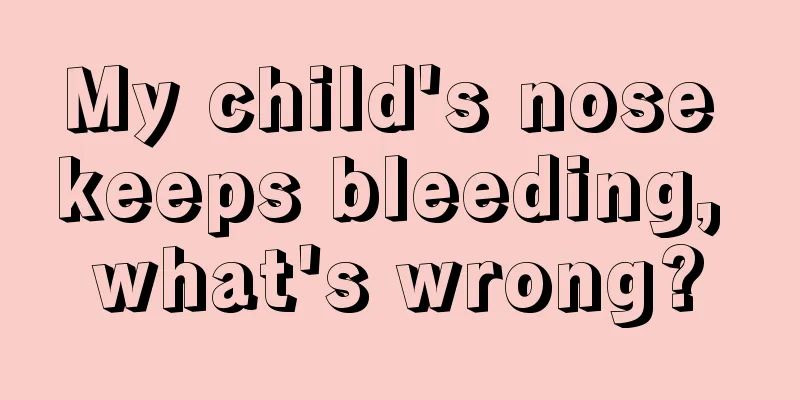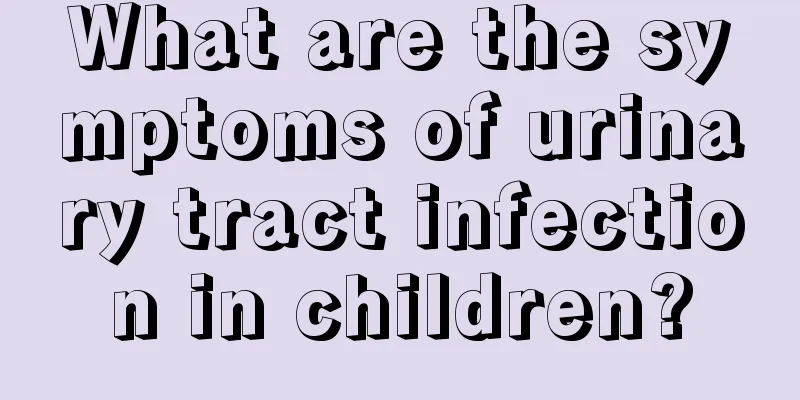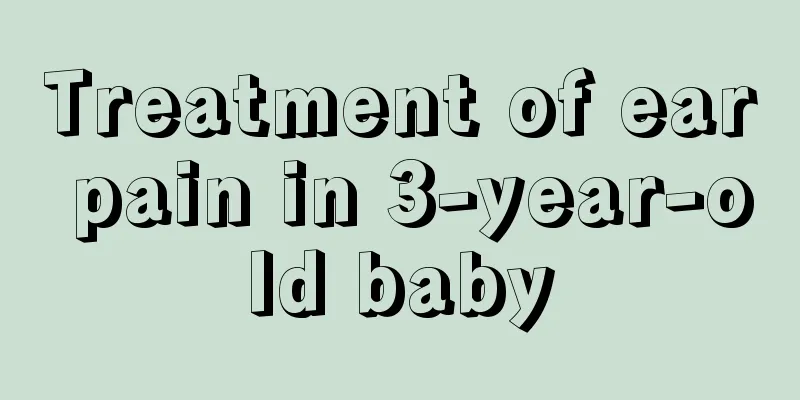What to do if you fail the 42-day hearing screening?

|
Having hearing is a very important key factor in our ability to perceive the beauty of the world. If we lose our hearing, our world will lose a lot of beauty. Therefore, we should pay attention to our hearing and check our hearing regularly. If we find any problems, we can treat them in time. But if we fail the 42-day hearing screening, what should we do? If hearing loss is not detected in time, it will not only affect children (speech and cognitive development, education, employment, marriage and childbearing) and families (communication barriers, psychology, and economic burden), but will also become a heavy burden on society and affect social and economic development. Modern science and technology can now perform early hearing testing and diagnosis on newborns and infants. If infants and young children who are clearly diagnosed with permanent hearing loss can receive scientific intervention and rehabilitation training within 6 months of birth, most of them can return to mainstream society. The early detection and intervention program for hearing in newborns and infants includes hearing screening, diagnosis, intervention, follow-up, rehabilitation training and effect evaluation. It is a systematic and socialized eugenics project that requires strict quality control. Newborn hearing screening time 1. Initial screening process (primary screening): that is, hearing screening of newborns during their hospitalization 3-5 days after birth. 2. The second screening process (rescreening): Infants within 42 days of birth fail the initial screening; or the initial screening is "suspicious"; or even if the initial screening has "passed" but is at high risk of hearing loss, such as children in the intensive care unit, need to undergo hearing rescreening. Newborn hearing screening targets There are two main types of newborn hearing screening subjects: one is all normal newborns; the other is newborns with high risk factors for hearing impairment. Risk factors for hearing impairment: 1. Those who have been in the neonatal intensive care unit for 48 hours or more; 2. Premature birth (less than 26 weeks), or birth weight less than 1500 grams; 3. Hyperbilirubinemia; 4. Those with symptoms or signs of syndromes related to sensorineural and/or conductive hearing loss; 5. Those with a family history of permanent sensorineural hearing loss in childhood; 6. Craniofacial deformities, including microtia, external auditory canal deformity, cleft palate, etc.; 7. Intrauterine infection of the pregnant mother, such as cytomegalovirus, herpes, toxoplasmosis, etc. 8. The mother has used ototoxic drugs during pregnancy; 9. History of hypoxia and asphyxia at birth, Apgar score 0-4 points/1min or 0-6 points/5min; 10. Mechanical ventilation for more than 5 days; 11. Bacterial meningitis. We have heard that we perceive the beauty of the world through the sounds we hear with our ears, and we test the beauty of the world through what we see with our eyes. Both hearing and vision are indispensable, and we cannot lose such beauty. Therefore, we must take good care of our bodies. Only with a good body can we feel the world better. |
<<: Reasons and treatment suggestions for babies who don’t like to breastfeed at 4 months old
>>: Why does my 20-day-old baby not sleep?
Recommend
Whooping cough symptoms in children
Whooping cough in children is a common disease in...
There are red spots on the child's tongue like strawberries
If you find that your child has red spots on his ...
Baby's stool smells fishy and contains mucus
Careful parents will observe that children are ac...
Can children eat blueberries?
Blueberries have high nutritional value and are r...
What causes urticaria in babies?
Urticaria is a very common skin disease and also ...
Reasons why babies cry when they sleep
I believe that most parents are familiar with the...
Diagnosis of active tuberculosis in children
Active tuberculosis refers to new smear-positive,...
What causes white spots on children's nails? These common sense cannot be ignored
The condition of the fingernails represents the h...
How to treat intellectual disability in children?
Intellectual disability means that a child's ...
How to deal with gingivitis in children
Problems with teeth can cause us great pain. Ging...
What should I do if my child falls on his head?
Some children have fallen and hit the back of the...
What are the causes of asthma in children?
Families are still very concerned about their chi...
My child has been snoring recently.
Snoring is a symptom that is neither big nor smal...
How to deal with bleeding symptoms of babies falling out of bed
In the process of taking care of the baby, many p...
What should mothers eat if their newborns have constipation?
There are many benefits for newborns to be fed ma...









